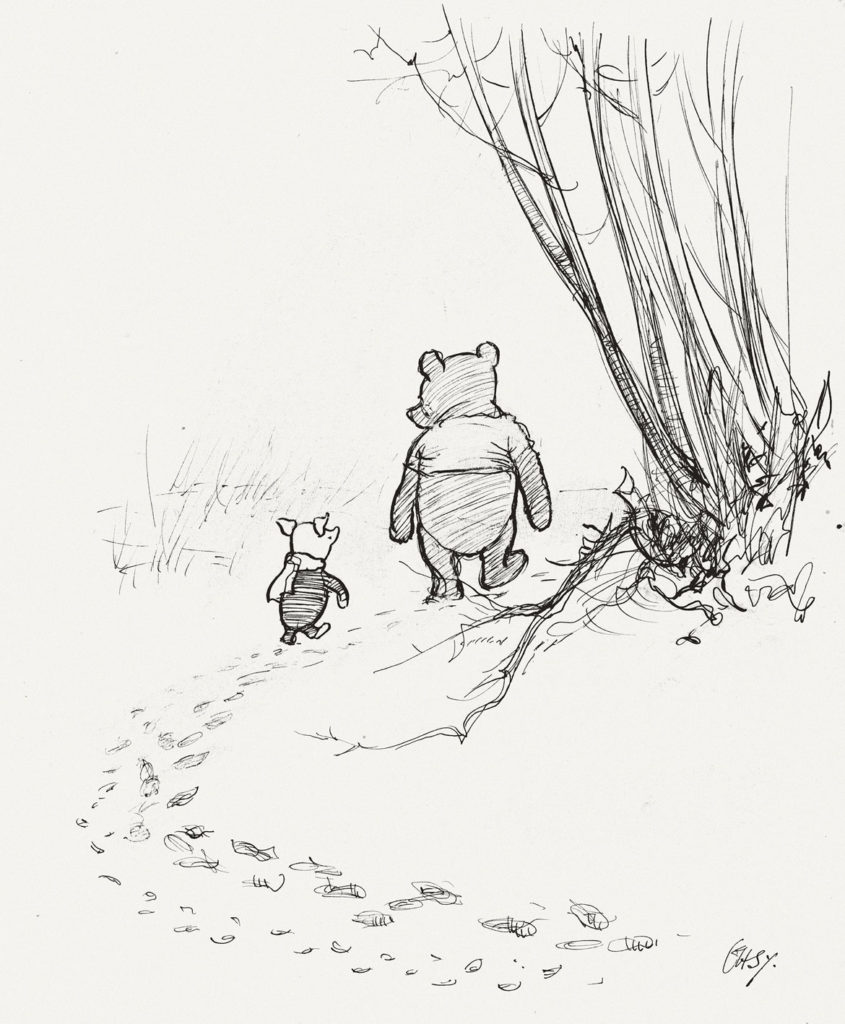There are moments of delight and happiness in the tales of Winnie-the-Pooh—like the very first one, the comedy of the stuffed bear pretending (badly) to be a rain cloud so that he can get at some bees’ honey. Or Christopher Robin with an umbrella playing in the rain puddles. Or the beautiful quiet moment of Piglet contentedly blowing the seeds off a dandelion.
But what sticks with me are the stories of an embarrassed Pooh stuck in Rabbit’s hole, Eeyore losing his tail, Piglet nearly flooded out of his house, everyone forgetting Eeyore’s birthday, Piglet accidentally popping the balloon he intends to give the depressed donkey as a gift, the collapse of Owl’s house, Eeyore accidentally giving Piglet’s home away to someone else. They are stories of worry and loss and sadness.
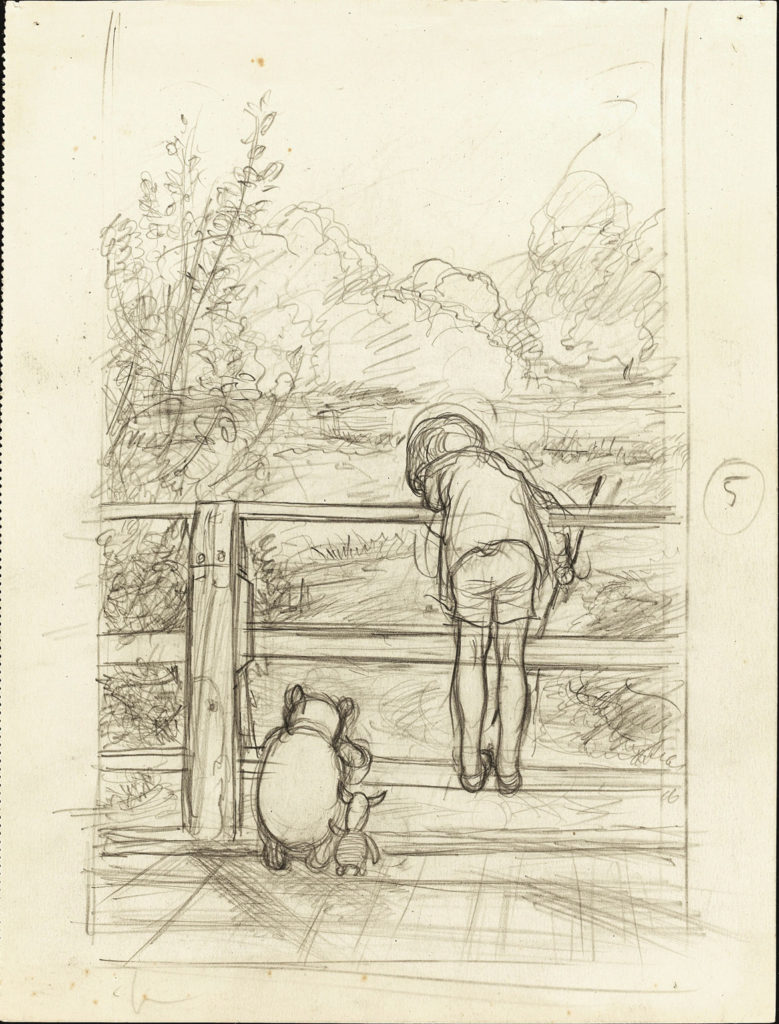
That was on my mind when I visited “Winnie-the-Pooh: Exploring a Classic,” the showcase of Ernest Shepard’s exquisite original drawings for A.A. Milne’s stories on view at Boston’s Museum of Fine Arts through Jan. 6, 2019. (The exhibit, which was organized by London’s Victoria and Albert Museum, also offers a bunch of interactive features for kids—a slide, a bridge with digital Poohsticks, Eeyore’s house to crawl into.)
Here is Pooh worriedly watching Piglet trying to jump up to his doorknocker. Here is Owl’s tumbled down house. Here is Piglet waving out from his flooded house to Owl. Consider even the iconic drawing of the boy Christopher Robin climbed up on the rails of the bridge where they’d been playing Poohsticks. Pooh leans over the bottom rail, looking down at the river, and Piglet stands next to him with his hand touching Pooh’s side—that tiny gesture saying so much about reaching out for reassurance.
“Tigger is all right really,” Piglet said, somewhat unsure, to Christopher Robin in Milne’s story.
“Of course he is,” said Christopher Robin.
“Everybody is really,” said Pooh. “That’s what I think,” said Pooh. “But I don’t suppose I’m right,” he said.
“Of course you are,” said Christopher Robin.
Help Wonderland keep producing our great coverage of local arts, cultures and activisms (and our great festivals) by contributing to Wonderland on Patreon. And sign up for our free, weekly newsletter so that you don’t miss any of our reporting.
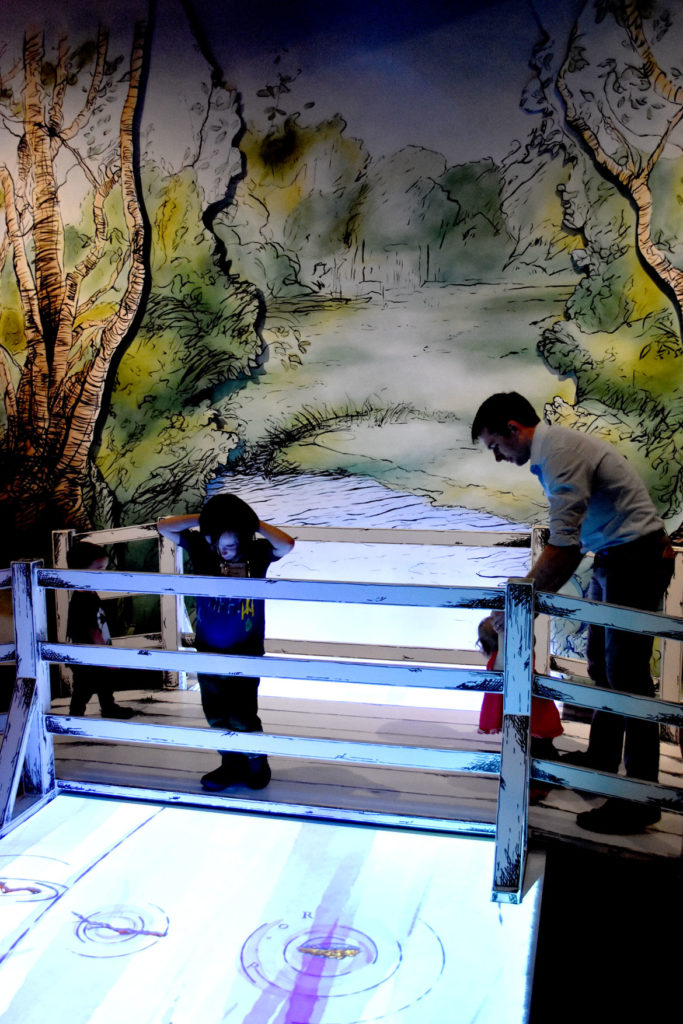
‘War Is Poison’
Alan Alexander Milne (1882-1956) and Ernest Shepard (1879-1976) found each other through Punch, the eminent British weekly magazine of humor and satire. They “were never close,” according to the 1979 book “The Work of E H Shepard,” edited by Shepard’s step-grandson Rawle Knox, but they formed one of the iconic partnerships of Western children’s literature.
Milne joined the staff of Punch in 1906, writing light social skits about subjects like cricket matches and weekend shindigs. They were popular enough to get him invited to be part of “Peter Pan” author J.M. Barrie’s cricket team of literary (if not athletic) all stars. (Over the years, other team members included Sherlock Holmes author Arthur Conan Doyle and P.G. Wodehouse.)
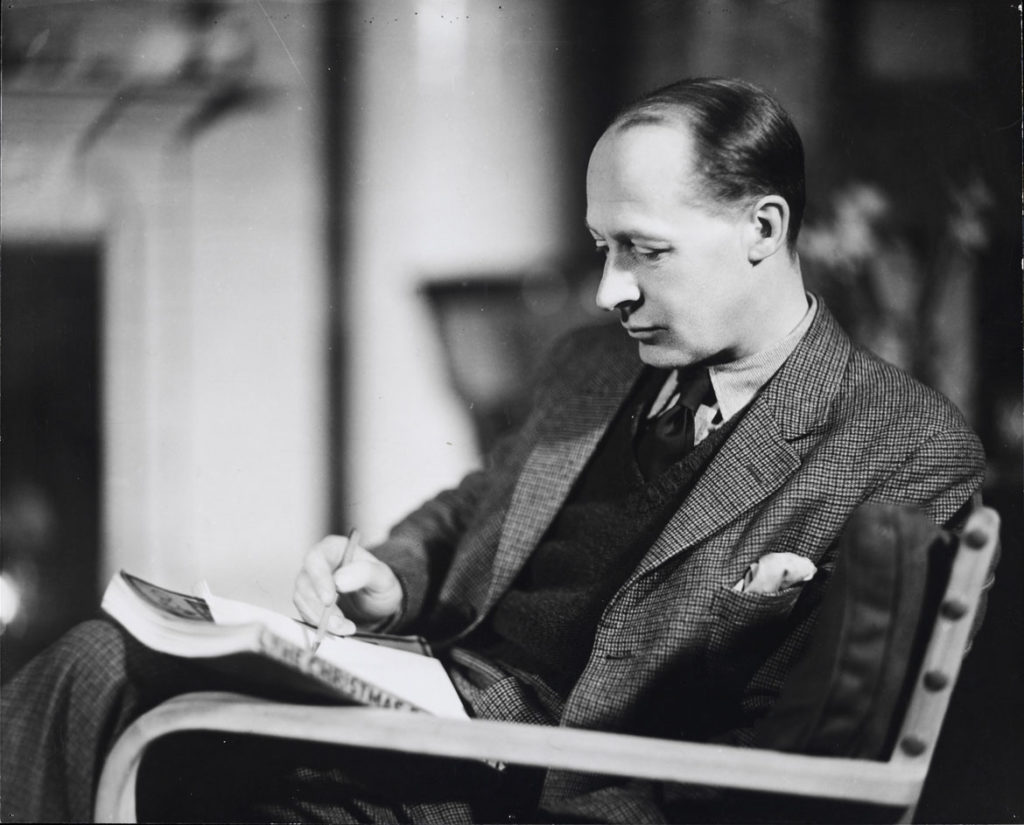
Shepard joined the staff of Punch in 1921—after Milne was no longer on staff, but continued to publish in the magazine—and was invited to illustrate Milne’s children’s verses for “When We Were Very Young,” which appeared in the publication before becoming the book in 1924.
Milne and Shepard were both veterans of the First World War—and I can’t help thinking that the sad, fretful calm of the Pooh stories has something to do with them being authored in the years immediately after the fighting.
Both men joined the service in 1915. Shepard left behind a young son and daughter in England when he went to France with a British artillery unit—often serving as an observer in front line trenches, guiding the big guns five miles behind the lines. Milne served as a signaling officer, arriving in France for the Somme offensive that began in July 1916. Soon his best friend, Ernst Pusch, was killed (“Just as he was settling down to his tea, a shell came over and blew him to pieces,” Milne recalled) and Pusch’s brother was shot dead by a German sniper. Shepard’s older brother Cyril was killed during the opening day of the offensive as well.
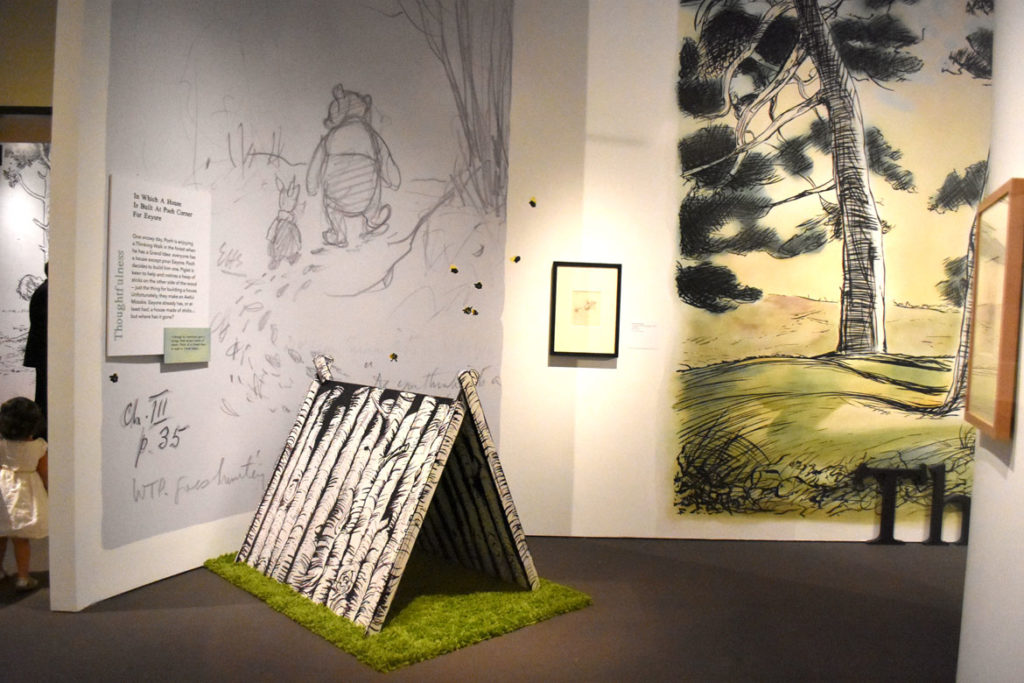
Milne was part of an Aug. 12, 1916, infantry attack on a German trench, his battalion suffering high casualties under German machine gun fire. That November, he got “trench fever” and was evacuated to England. He began writing a successful series of comedy plays while convalescing. (Milne was frustrated that his great success writing for children overshadowed his other efforts.)
Milne then taught at a signaling school and worked with a secret British propaganda unit to sustain support for the war by getting those on the home front to see the fighting in a positive light. After the war and before Hitler sparked World War II, Milne was outspokenly anti-war. He said he published his 1934 essay “Peace with Honour: an Enquiry Into the War Convention” because “I want everybody to think (as I do) that war is poison, and not (as so many think) an over-strong, extremely unpleasant medicine.”
Milne’s only child—Christopher Robin Milne—was born in 1920, a year after he was discharged. For the boy’s first birthday, his mother, Daphne, bought him a teddy bear (it could growl). The doll was eventually was dubbed Winnie, after a female black bear cub that they liked to visit in the London Zoo. A Canadian soldier had brought the animal with him to England as a regimental mascot, but left it behind when he went off to fight in France during the First World War. Winnie was in fact short for Winnipeg, the soldier’s hometown.
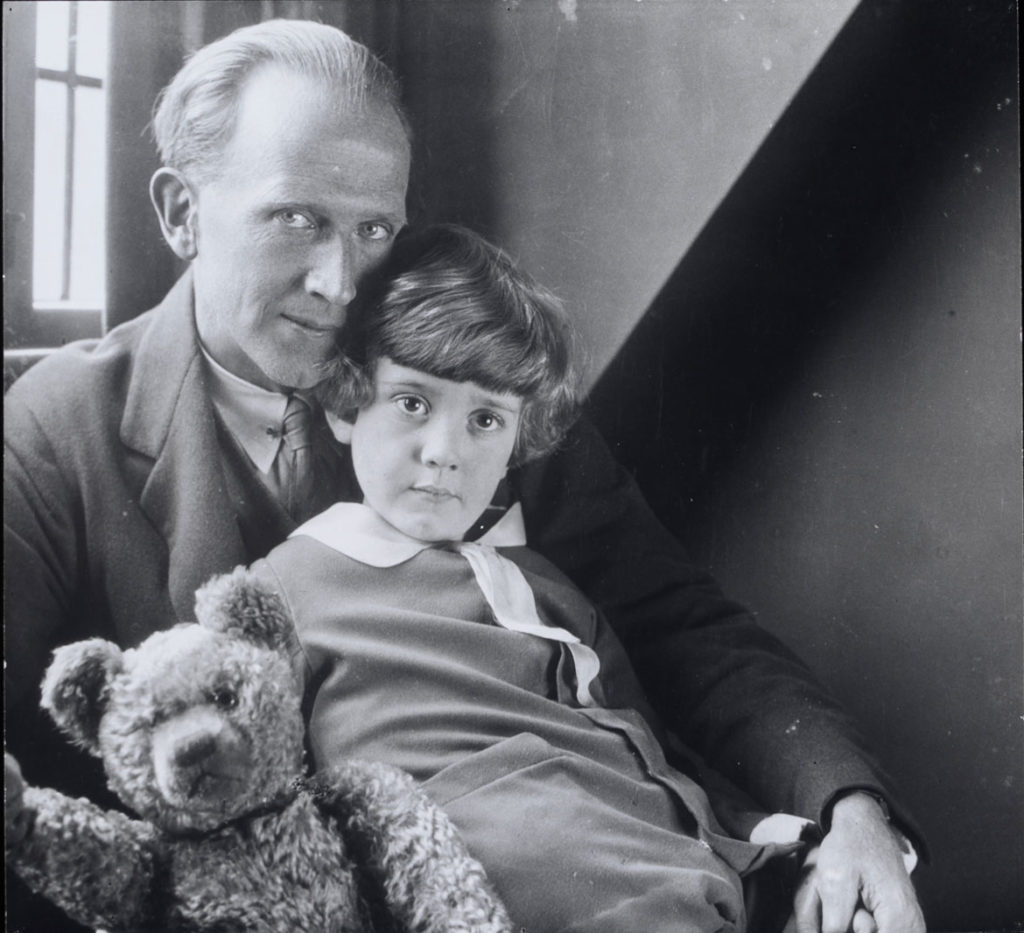
Father Takes Over
Milne’s Winnie-the-Pooh stories grew out of his son’s playtime imagining with the toy bear and a growing cast of stuffed animal costars. (Christopher Robin later griped that his father seemed to pick toys for him with too much of an eye toward their story possibilities.)
“It started in the nursery; it started with me. It could really start nowhere else, for the toys lived in the nursery and they were mine and I played with them,” Christopher Milne wrote in his 1974 memoir “The Enchanted Places.” “And as I played with them and talked to them and gave them voices to answer with, so they began to breathe. But alone I couldn’t take them very far. I need help. So my mother joined me and she and I and the toys played together, and gradually more life and, more character flowed into them, until they reached a point at which my father could take over.”
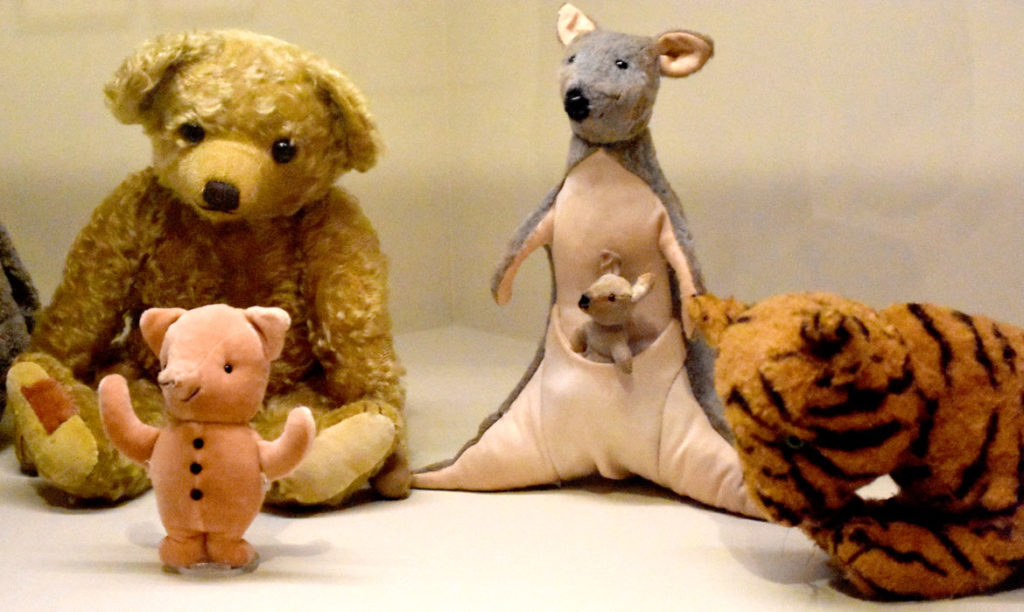
In January 1923, the fictionalized Christopher Robin first appeared in print in a Milne story in New York’s Vanity Fair magazine. Pooh—though not named that yet—made his first published appearance in a poem called “Teddy Bear” that appeared in Punch before finding a place in the 1924 book “When We Were Very Young.”
Pooh then was still Christopher Robin’s name for a swan he liked to feed. Milne writes with his signature wry humor in the book’s introduction, “This is a very fine name for a swan, because, if you call him and he doesn’t come (which is a thing swans are good at), then you can pretend that you were just saying ‘Pooh!’ to show how little you wanted him.”
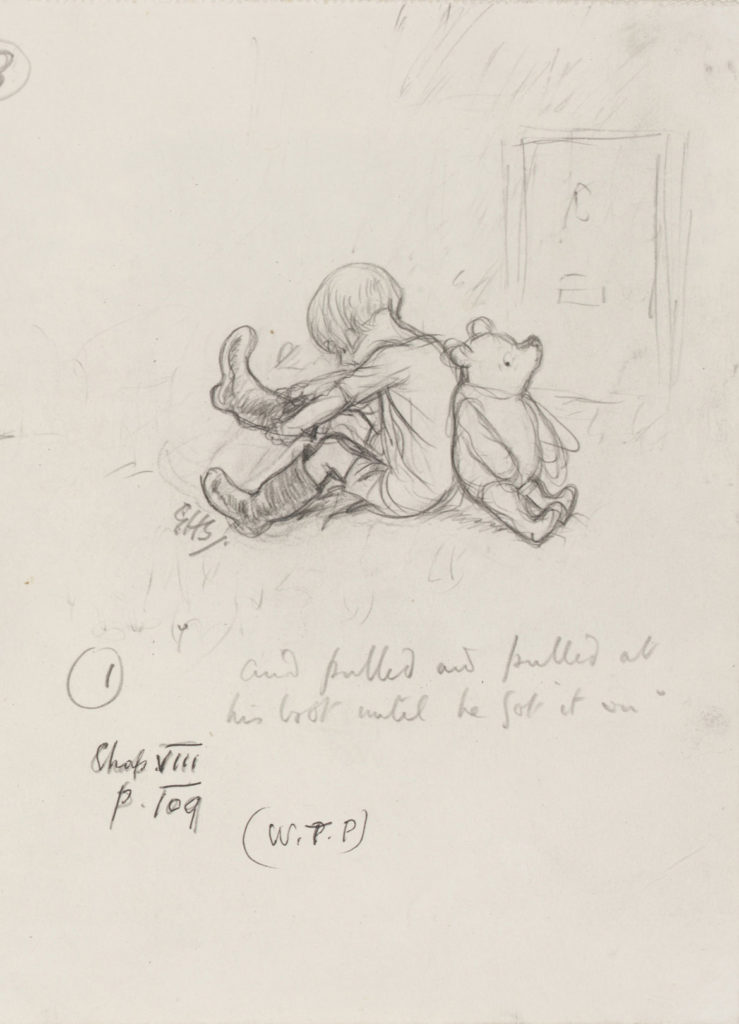
By this point, Shepard had joined the project. He nearly always began by sketching from life—in the case of Pooh, sketching the boy’s stuffed animals as well as Milne’s Cotchford farm weekend cottage, which he’d bought in 1924, and the nearby, bucolic Ashdown Forest, where the real Christophe Robin Milne played. Shepard had photos taken of Christopher Robin and his toys for reference.
Growler, the teddy bear of Shepard’s son Graham, was also an inspiration for how Pooh looks—and had been a model for teddy bears in a 1913 Shepard cartoon about Christmas shopping.
Drawings in the MFA exhibit show Shepard sketching walnut trees, alders, chestnuts, pines, beeches—trees that served as models for the character’s homes and Christopher Robin’s Hundred Acre Wood. Even though Milne doesn’t much describe the locales, Shepard’s drawings transport us there.
Shepard drew in precise, sensitive, flowing pencil. He then transferred the drawings to another page, which he finished in fine, scratchy pen and ink.
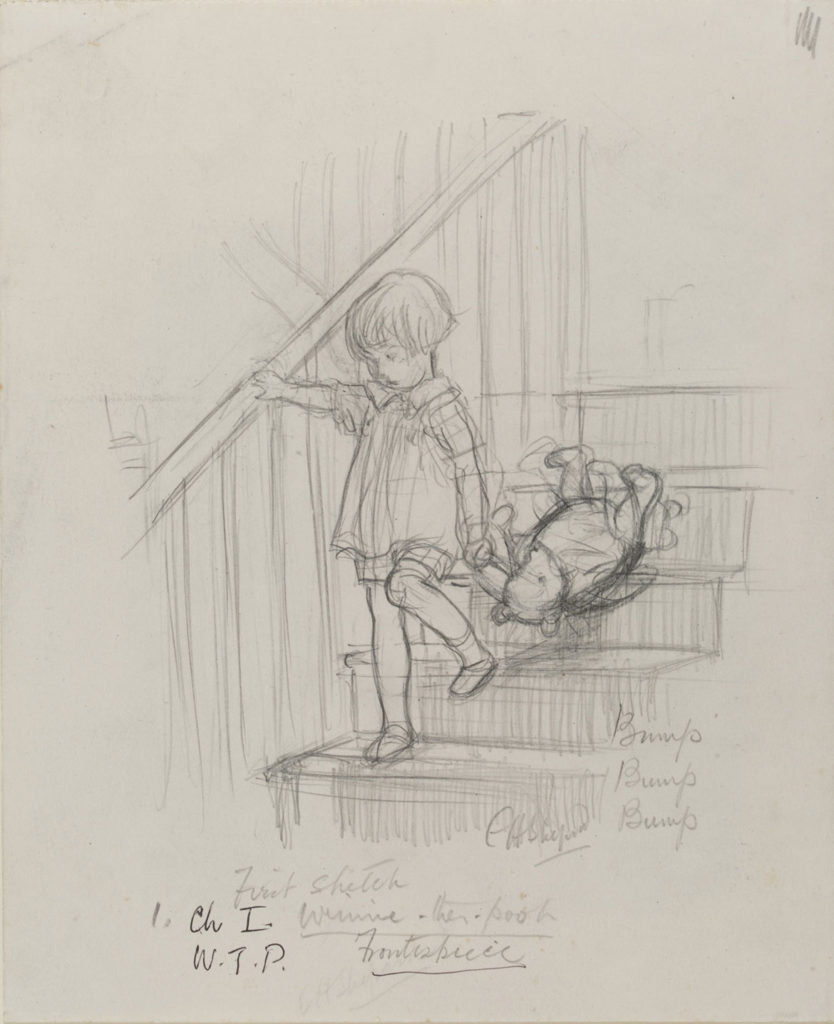
In the MFA exhibition, we see Shepard working out iconic scenes—like the first appearance of Pooh as Christopher Robin carelessly drags the bear down the stairs, “bump, bump, bump, on the back of his head.” There are faint ghost lines depicting arms and legs of the boy and bear as Shepard seeks just the right gesture to convey his feeling. Shepard deftly uses body language to convey the interior emotions of Milne’s deeply philosophical critters. And consider his precision—and humor—in making Pooh move stiffly, because he’s just a stuffed animal, as he climbs a tree toward the honey in a beehive.
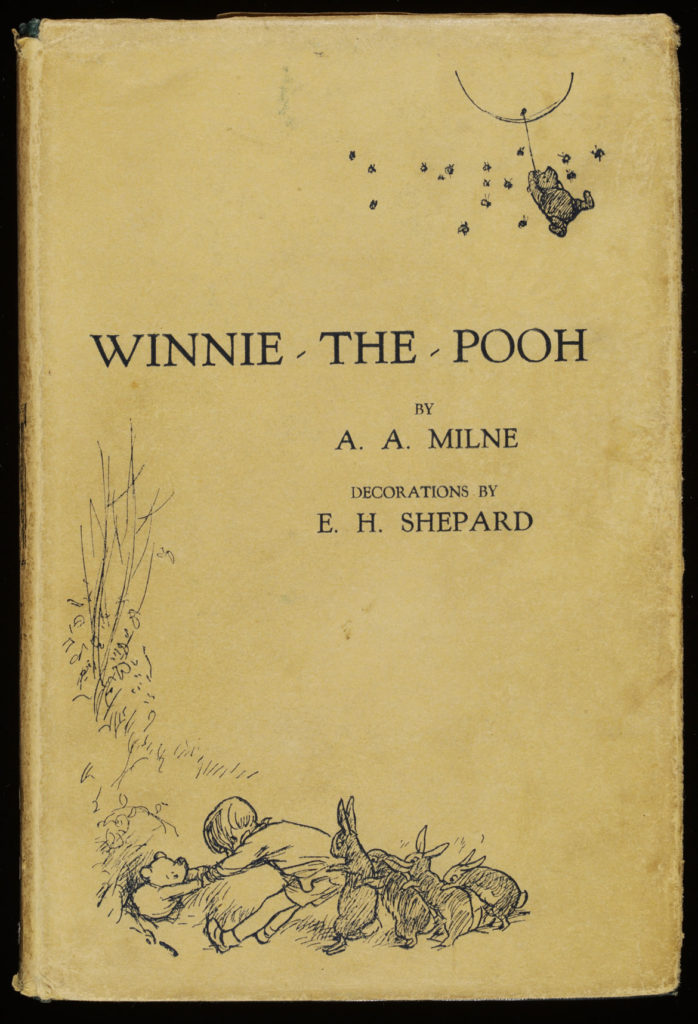
Milne—with “decorations by Ernest H. Shepard”—would publish “Winnie-the-Pooh” in 1926 and “The House at Pooh Corner” in 1928. (Pooh also made cameos in their 1927 book of children’s verse “Now We Are Six.”) The books were immediate popular successes.
The Pooh stories feel Victorian (or, I guess, Edwardian) because of the Milne’s polite phrasing and Shepard’s carefully observed, woodsy naturalism. They depict a child’s escape from the responsibilities of the adult world—as well as a tentative oasis of calm between the world wars. They feel like the end of an era, and not just because they’re about growing up. They’re suffused with a bittersweet longing for a place and time before the First World War, pastoral, pre-modern.
“What I like doing best is Nothing. …. It means just going along, listening to all the things you can’t hear, and not bothering,” Christopher Robin tells Pooh at the end of “The House at Pooh Corner,” when he is growing up and “going away.”
A bit later he adds, “I’m not going to do nothing any more.”
“Never again?” Pooh asks.
“Well, not so much. They don’t let you.”
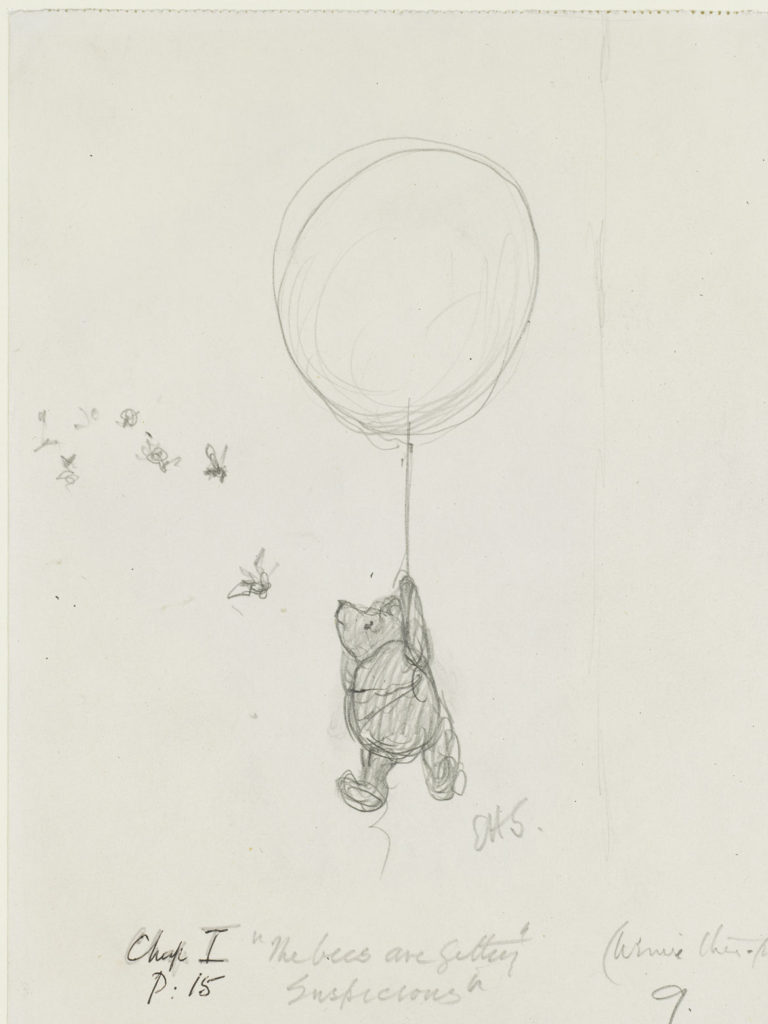
The real boy, Christopher Robin Milne, long had a torturous relationship with his alter-ego in his father’s books, saying he was bullied at school because of his fictional fame. He gave his actual toy bear to the book’s American publisher in 1947, which for some reason donated it to the New York Power Authority in 1987, which rightfully placed it at the New York Public Library.
Graham Shepard’s bear Growler was passed onto Graham’s daughter Minette. “The Work of E H Shepard” reports that when the girl and her mother moved to Canada to escape World War II, she took the bear with her, and there it met its end, “savaged by a dog.”
Previously:
The Man Who Took Care Of Winnie-The-Pooh’s House At Harvard.
Help Wonderland keep producing our great coverage of local arts, cultures and activisms (and our great festivals) by contributing to Wonderland on Patreon. And sign up for our free, weekly newsletter so that you don’t miss any of our reporting.
